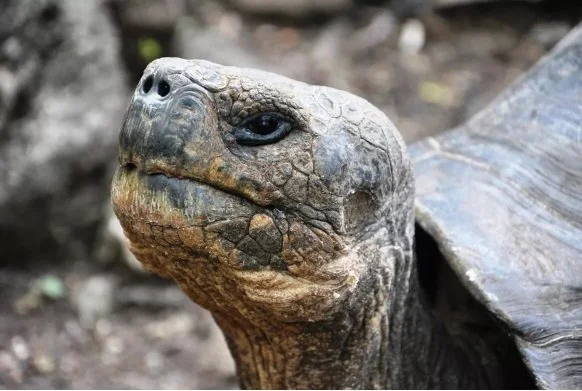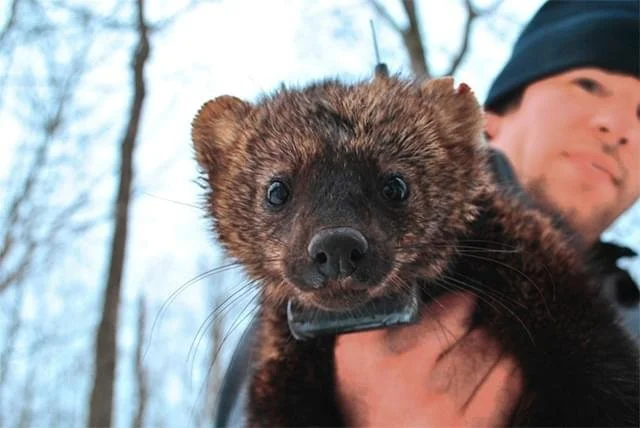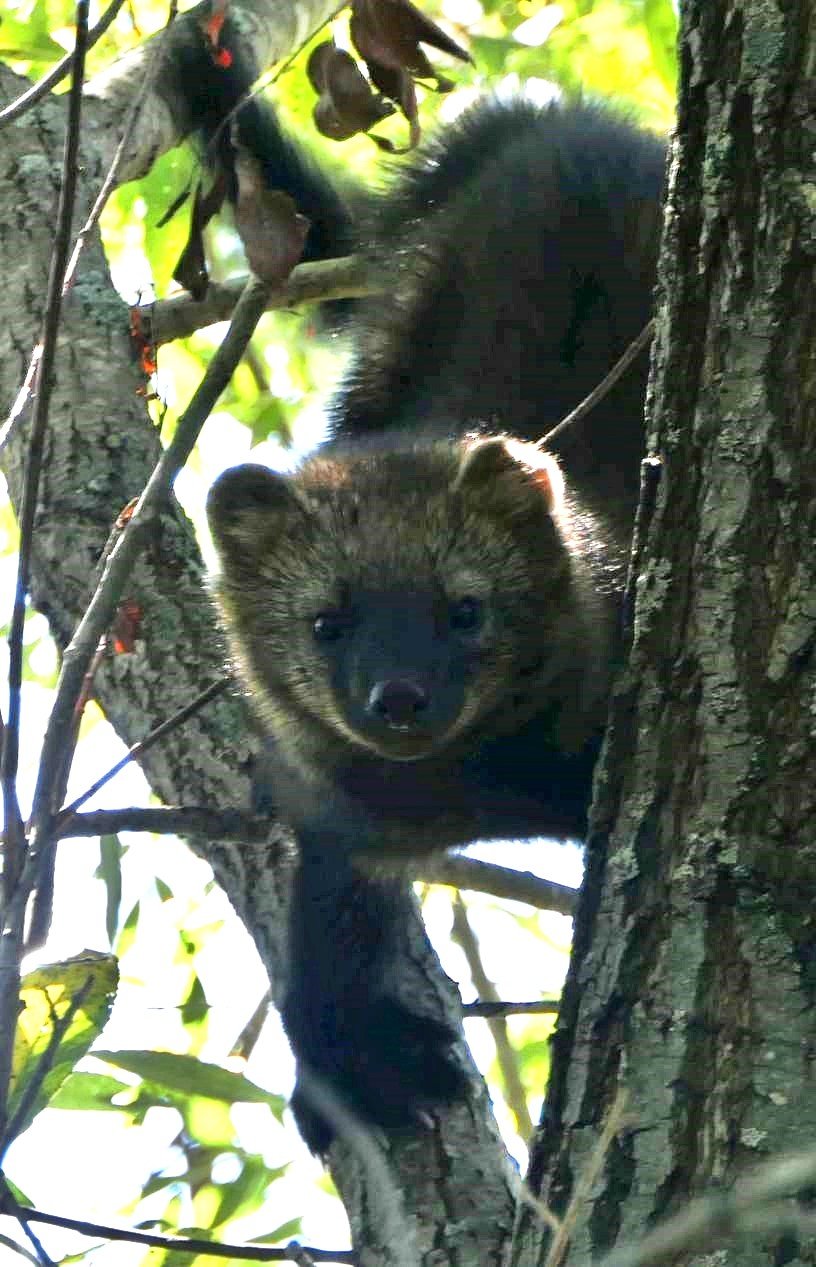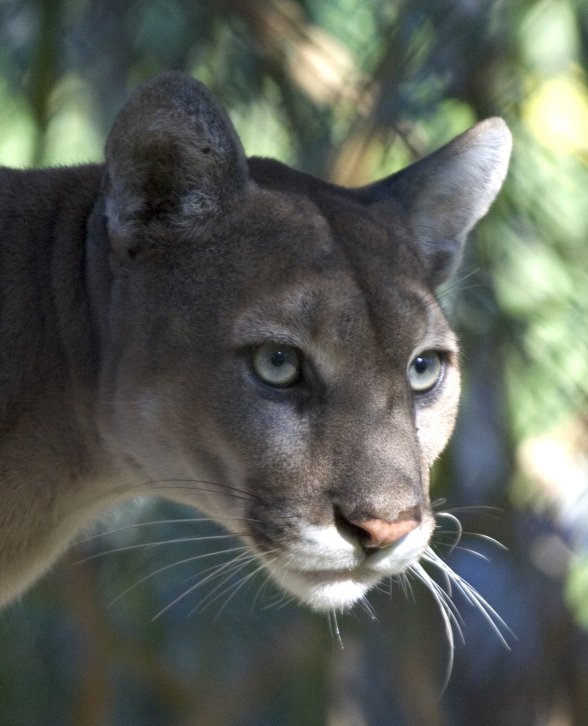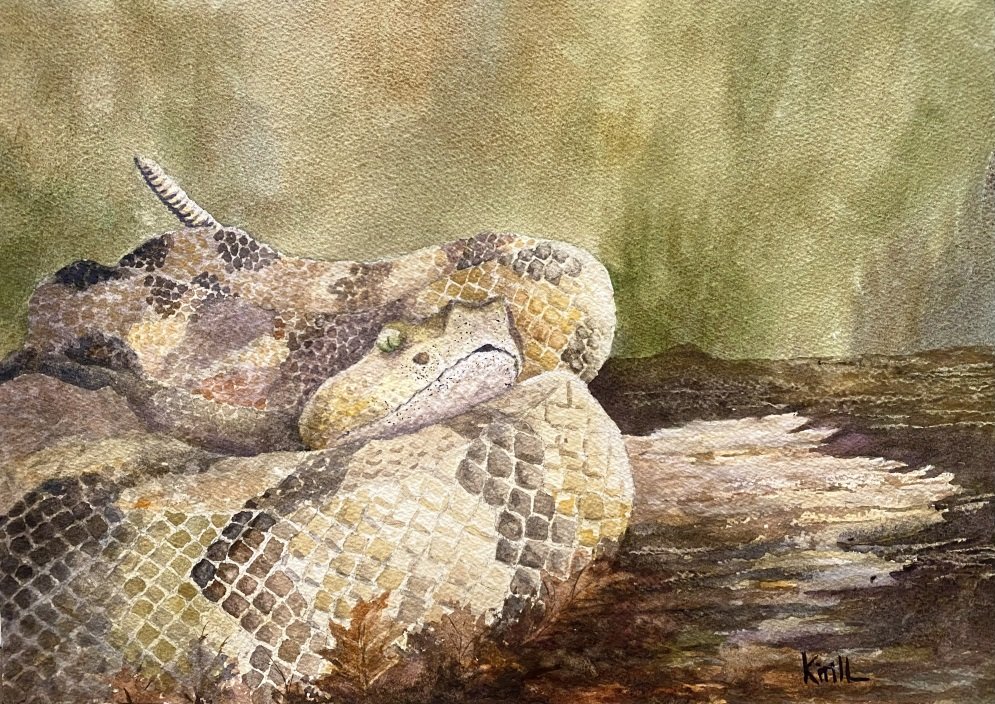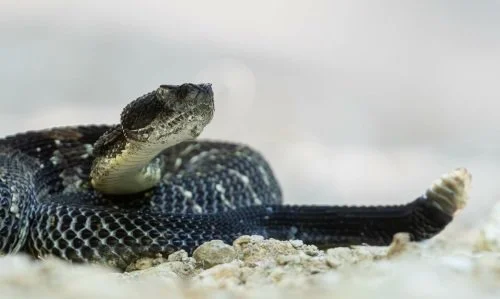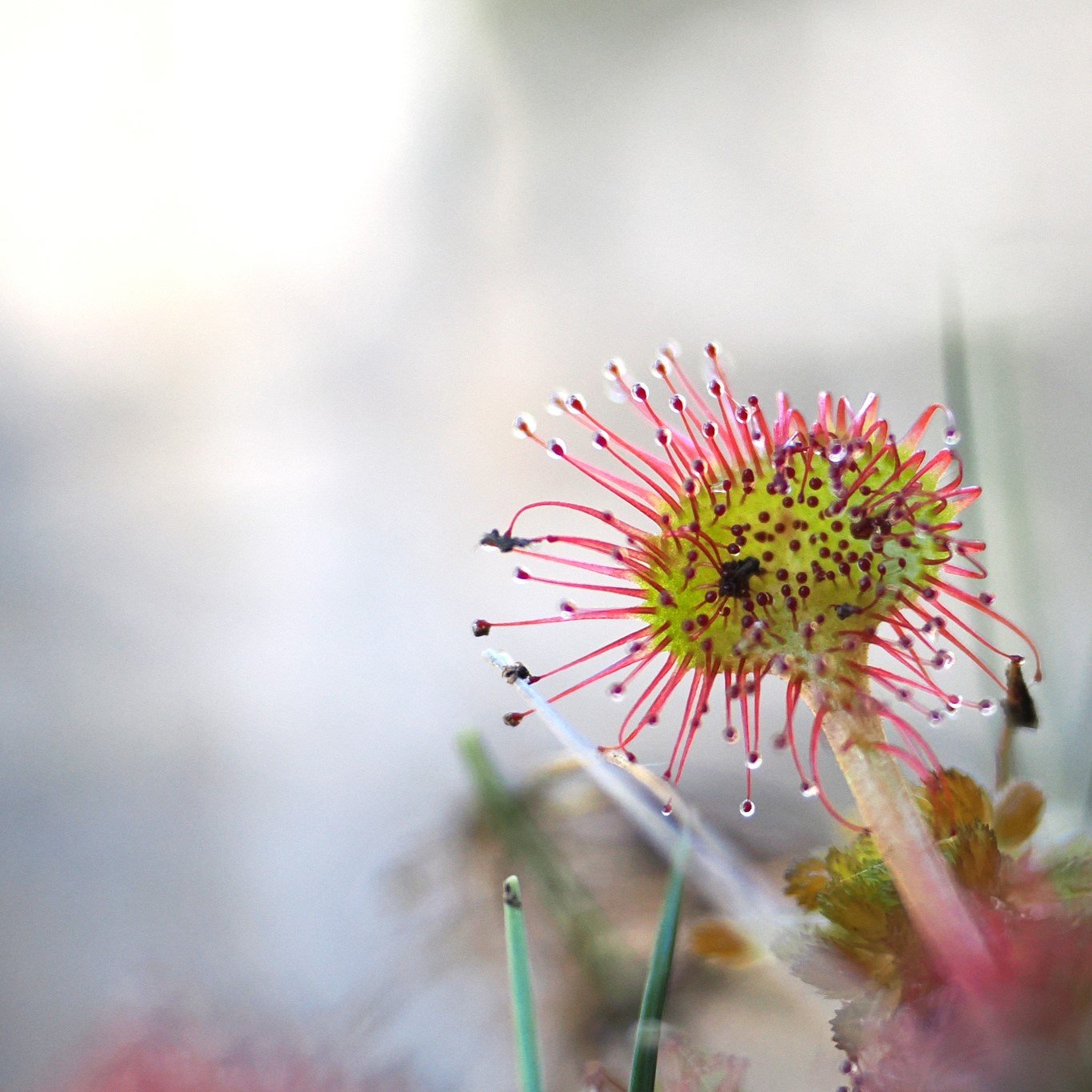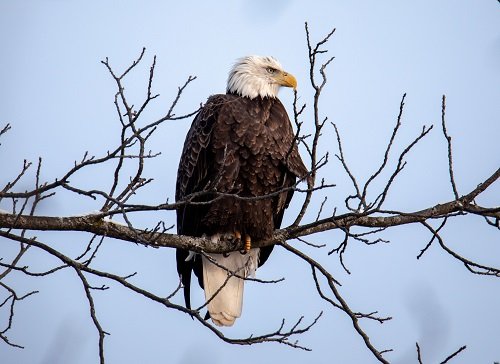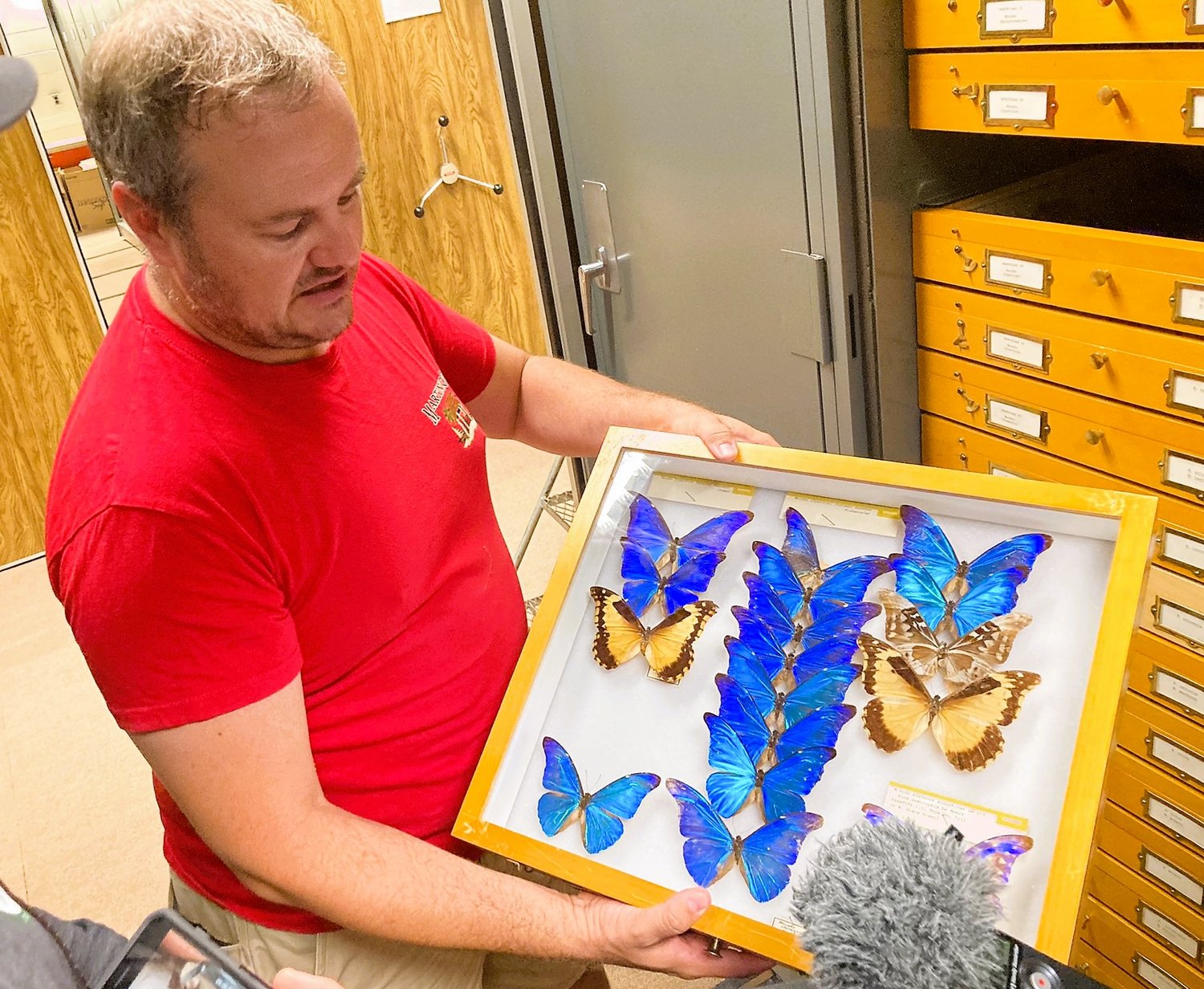Ep. 56 - Let's Get Nuts!
Description
Black Walnut (Juglans nigra) is a tree well-known for its ability to negatively affect other plants growing nearby, a phenomenon known as allelopathy. But is Black Walnut really as allelopathic as the Internet would have you believe? In this episode, the guys go nuts: delving into this question and many other facets of the fascinating (and tasty?) Black Walnut, including an on-air tasting of Black Walnut syrup. Enjoy!
This episode was recorded on May 11, 2022 at the Beaver Meadow Audubon Center in North Java, NY.
Episode Notes
Thank you to listener Mark Carroll for giving us the idea for this episode and providing the paper on which much of it was based.
Is Black Walnut wind pollinated? Bill mentioned during the episode that he thought the flowers were insect pollinated. He was WRONG! According to Floral Biology And Pollination Of Eastern Black Walnut, a publication by the National Forest Service, “Walnut trees are wind-pollinated and classified as monoecious; male and female flowers are on the same tree, but separated from each other.” Bill stands by his assessment, however, that the distinctive, seldom-seen flowers are worth checking out. This page provides some nice pictures; scroll down to see both the male and female blossoms. The female flowers look like milkweed pods with a sea anemone stuck on top!
What is the correct measurement of diameter at breast height (DBH)? Diameter at breast height, or DBH, is a standard method of expressing the diameter of the trunk or bole of a standing tree. Tree trunks are measured at the height of an adult's breast; in many countries, DBH is measured at approximately 1.3 m (4.3 ft) above ground, but in the US, DBH is typically measured at 4.5 ft (1.37 m) above ground. Source: https://en.wikipedia.org/wiki/Diameter_at_breast_height
Does Steve know about honeysuckles? Steve claimed that honeysuckles (Lonicera sp.) with a hollow pith are not native to eastern North America and that the ones without a hollow pith are native. According to Iowa State University, “Twigs of all species can be hollow. However, the twigs of native species tend to be less hollow with a white pith whereas the exotic species are more obviously hollow with a brown pith.”
Are there other plants with a chambered pith? Yes! Black Tupelo (Nyssa sylvatica) is another species, unrelated to walnuts, that has a chambered pith.
What does microcarpa mean? During their discussion of other walnut species, Bill mentioned the Little Walnut (Juglans microcarpa) , and Steve wondered what “microcarpa” means. The answer? Small fruit.
Links
Support
Make a onetime Paypal donation.
Our Sponsor
Picture Credit
Thank you to Always Wandering Art (Website and Etsy Shop) for providing this episode’s artwork, as well as the art for many of our previous episodes!
Works Cited
Chalker-Scott, L., 2019. Do Black Walnut Trees Have Allelopathic Effects on Other Plants?. Washington State University Extension.
Marking, L.L., 1970. Juglone (5-hydroxy-1, 4-naphthoquinone) as a fish toxicant. Transactions of the American Fisheries Society, 99(3), pp.510-514.
Willis, R.J., 2000. Juglans spp., juglone and allelopathy. Allelopathy J, 7(1), pp.1-55.
Page, Teri. Homestead Honey, https://homestead-honey.com/beyond-maple-syrup-tapping-black-walnut-trees/. Accessed 5 Apr. 2009.


